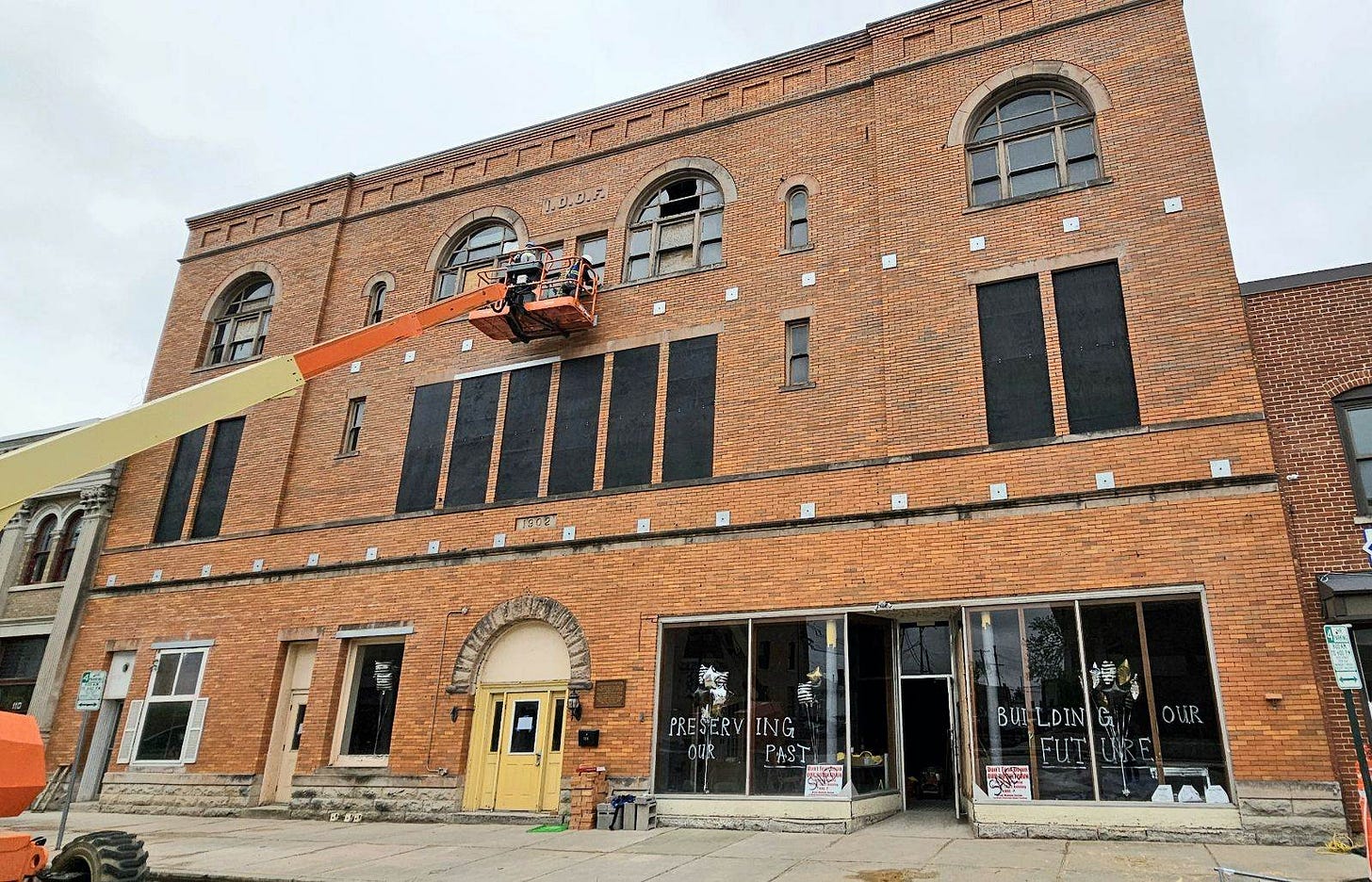Your Questions Answered: Why Did The Planning Commission Approve Demolition?
This publication asked for your questions, today we dive into some answers
Keep reading with a 7-day free trial
Subscribe to Civic Capacity to keep reading this post and get 7 days of free access to the full post archives.



